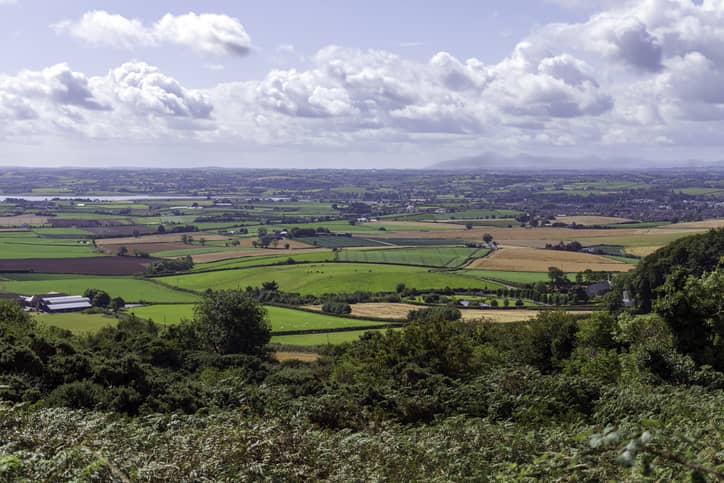Farm policy review


Receipts from past land sales have generated £34.5 million which has been critical in enabling the council to invest in other capital priorities by creating new or improving existing assets including regeneration, cultural and community assets.
In February 2021, Cheshire West and Chester Council's Cabinet decided that in light of the wider opportunities for the Council’s farm estate to contribute to the Council’s Environmental, social, economic and financial plans the Cabinet Members for Legal and Finance undertake a review of the current policy and report back to Cabinet, supported by a cross-party working group of members.
The review group chaired by Councillor Carol Gahan considered the current policy and the impact it has had since its inception in 2011. Within the context of the financial and environmental challenges facing the Council, the group looked to identify potential options to revise the policy to ensure that the farms estate contributes in such a way so as to deliver the Council plan.
In 2011 the estate consisted of 4,557 acres with 47 properties and this has now reduced to 2,080 acres with 18 let farms, four cottages and five vacant properties on ten separate estates. Most of the land disposed of under the current policy continues to be farmed after the sale, with buildings repurposed to provide new homes in rural locations. Receipts from past land sales have generated £34.5million which has been critical in enabling the council to invest in other capital priorities by creating new or improving existing assets including regeneration, cultural and community assets.
The task group agreed that the context for the Council’s policy towards the farm estate had changed from when the current policy was put in place. Although the need for capital receipts remain as significant, there were other ways that the farms estate could contribute to the Council plan objectives. The climate emergency and the Council’s objective to be carbon neutral by 2030 had reinforced the need to consider the potential for land assets to contribute through, for example, woodland creation, or the development of renewable energy projects. The group also explored the potential for assets to contribute further to community projects, affordable housing and business start-up opportunities.
The working group also acknowledged that the current capital programme had been agreed under the current farms policy and recommended that the level of capital receipts already factored into the Council’s capital programme up to 2025 could continue to be delivered.
Councillor Gahan said:
Over 50 stakeholders including tenants and industry representatives and organisations with an interest and expertise in education and environmental land management were invited to contribute their thoughts on how the land and property assets could be used to contribute to delivering the Council Plan. The submissions we received reinforced the view that land assets can contribute to the delivery of a range of benefits both directly and indirectly. Submissions included links to policies adopted in other authorities, environmental land management options and delivery models that could provide alternative options for the Council. The sale of farms has helped underpin the Council’s priorities and investments and it is important that in considering future sales, an appropriate balance is struck on how farms can best deliver the outcomes of the Council Plan. This may still include their sale however the task group has recommended that Cabinet should consider the wider merits of options other than disposal on a case-by-case basis when a farm becomes available for disposal, including woodland creation and renewable energy, use by the community as orchards and wildflower meadows. Surplus farm buildings could be considered for use by start-up and other rural businesses to promote employment opportunities in the rural economy alongside the option for open market sale. A decision matrix will be developed to inform future land use options consistent with the priorities of the Council Plan and the various options.


